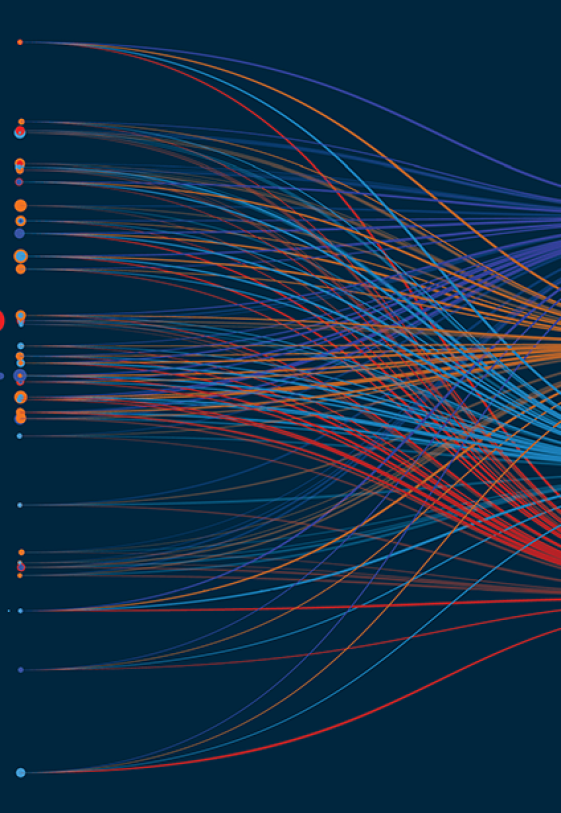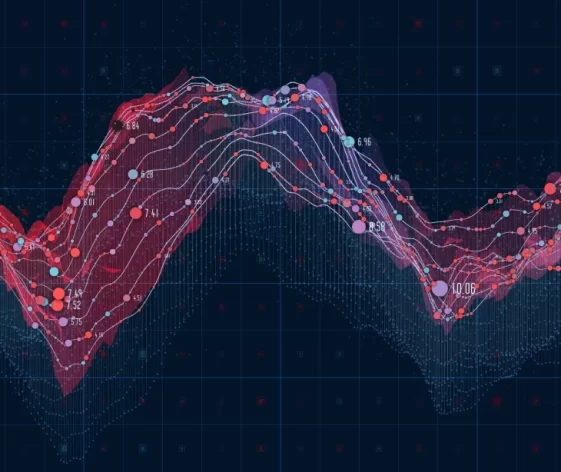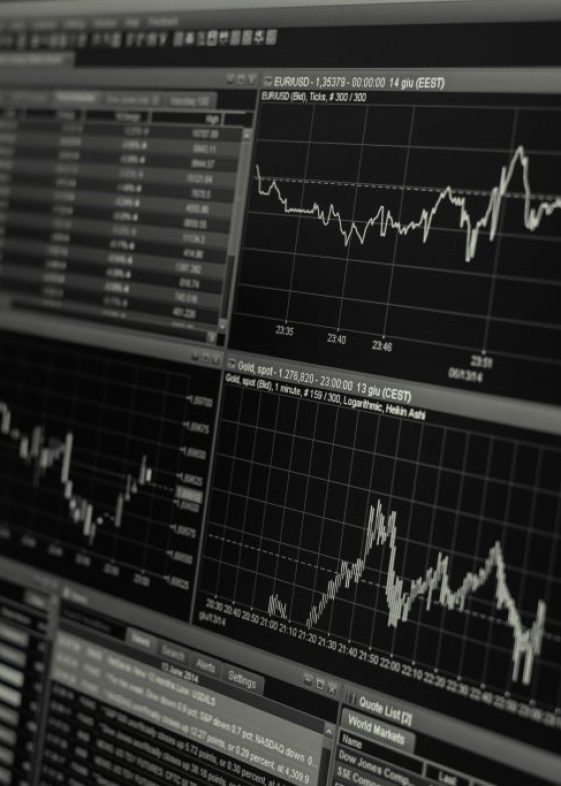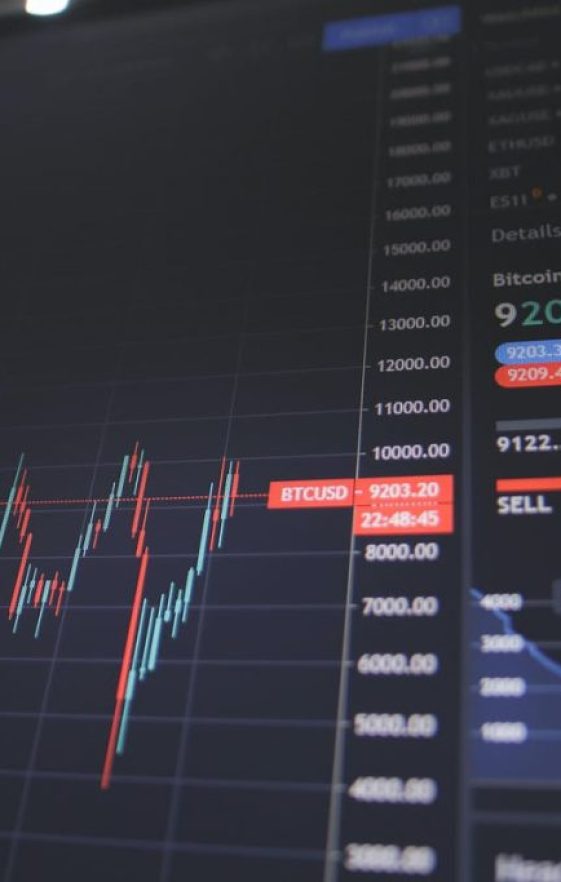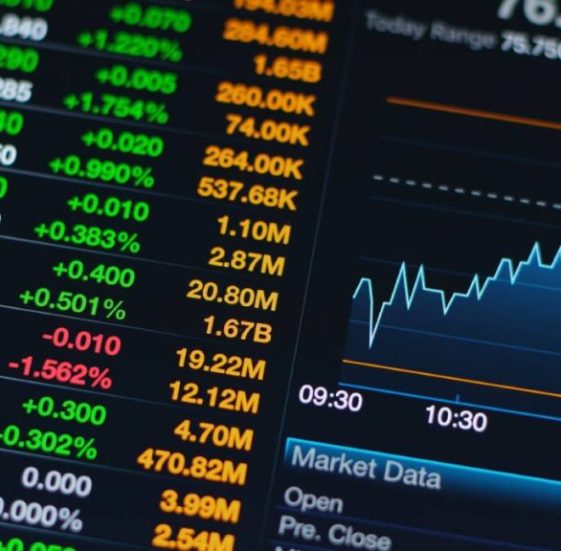Inside the Market’s Engine Room: Understanding Microstructure and Its Impact on Trading
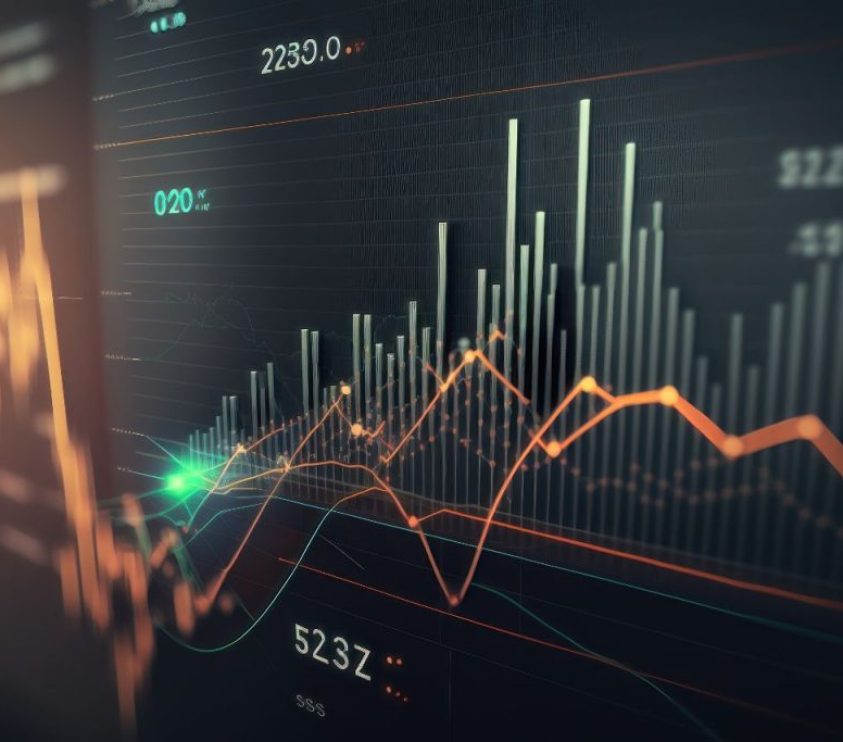
Inside
The Market’s Engine Room
Most traders spend their careers staring at candlestick charts, drawing support lines, or following indicators. Yet beneath those patterns lies a deeper world: the market microstructure. It is here—in the invisible layers of order books, liquidity pools, and execution speed—that real price movements are born.
Understanding market microstructure is like stepping into the engine room of global finance. And once you grasp its principles, you begin to see why some strategies consistently fail, while others, like those built into Zenith, thrive by aligning with the true mechanics of the market.
In this article, we’ll uncover what market microstructure really is, why it matters, and how traders can harness it for profitability.
What is Market Microstructure?
At its core, market microstructure is the study of how trades actually happen. It examines:
-
Order flow – the continuous stream of buy and sell orders.
-
Liquidity – how easily an asset can be traded without moving its price.
-
Bid-ask spreads – the difference between the best price a buyer is willing to pay and the best price a seller will accept.
-
Execution mechanisms – how orders are matched, filled, or rejected.
Think of it this way: while most traders see only the final price tick, microstructure specialists analyze the forces that pushed the tick there in the first place.


Why Most Retail Traders Ignore Microstructure
The retail trading industry largely educates beginners with simplified tools: moving averages, RSI, stochastic oscillators. These tools smooth out price data but hide the complex reality underneath.
This creates three major blind spots:
-
Lagging signals: Indicators show what already happened, not what’s about to happen.
-
Illusion of simplicity: A crossover on a chart looks neat, but ignores liquidity pressure or hidden institutional orders.
-
Emotional decision-making: Without insight into market depth, traders are left guessing, often entering at the worst possible moment.
Meanwhile, institutional desks and algorithmic funds base their strategies on real-time microstructure analytics. This knowledge gap explains why so many retail traders consistently underperform.
The Mechanics Behind Every Price Movement
Every price movement—no matter how small—comes down to an imbalance between supply and demand in the order book.
-
Liquidity Takers vs. Liquidity Providers
-
Liquidity takers (market orders) demand immediate execution, pushing prices by crossing the spread.
-
Liquidity providers (limit orders) place bids and offers, shaping the available depth.
-
-
Spread Dynamics
The spread reflects both liquidity and risk. In high liquidity conditions (e.g., EURUSD during London hours), spreads are tight. In thin markets (e.g., exotic currencies), spreads widen dramatically. -
Slippage and Execution
When large orders hit the market, they “walk the book,” consuming multiple price levels. This creates slippage and drives sudden price jumps. -
Order Flow Clusters
A surge in buy orders doesn’t just move price up—it triggers stop-losses, limit orders, and algorithmic reactions, amplifying the move.
Understanding these dynamics helps traders anticipate price behavior before charts reveal it.
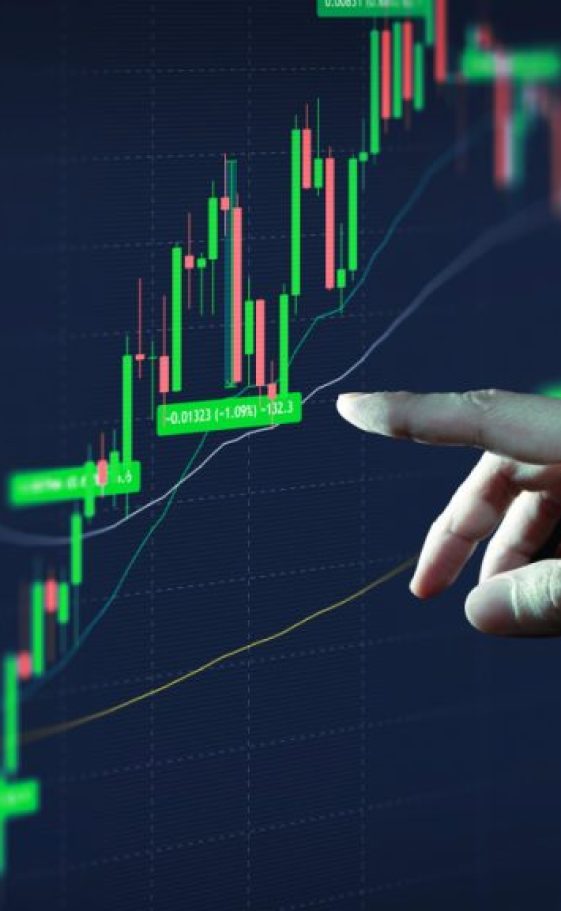
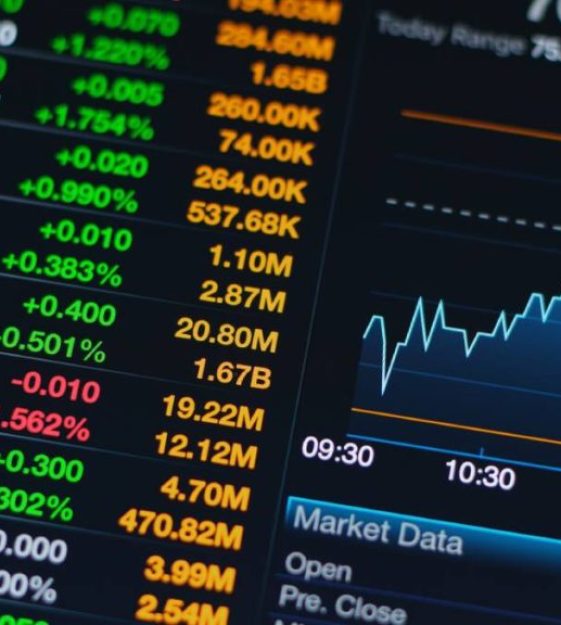
Case Study: Microstructure in Action
Let’s take a simple example: XAUUSD (Gold) during a high-volatility event like a U.S. Non-Farm Payrolls release.
-
At the second of release, spreads widen from 20 points to 80 points.
-
Liquidity providers pull their orders to avoid risk.
-
Retail traders using pending stop orders often get filled with heavy slippage.
-
Meanwhile, algorithms watching order flow detect the imbalance and execute microsecond trades to capture the inefficiency.
Who wins in this scenario? The traders aligned with microstructure logic, not those relying on a lagging indicator.
How Zenith Exploits Market Microstructure
This is where Zenith, the trading robot, sets itself apart. Unlike retail strategies based on simple indicators, Zenith is engineered with a deep integration of microstructure principles:
-
Real-Time Order Book Analysis
Zenith monitors liquidity conditions, adapting trade entries and exits to the state of the order book. -
Spread-Aware Execution
It avoids unfavorable fills by recognizing when spreads widen abnormally and waits for optimal liquidity. -
Dynamic Risk Control
Instead of fixed lot sizes, Zenith calculates exposure relative to volatility and depth, protecting against slippage-heavy markets. -
Microsecond Responsiveness
Zenith’s algorithm reacts to order flow imbalances far faster than any human, aligning execution with institutional-grade efficiency.
In essence, Zenith doesn’t just trade charts—it trades the very mechanics behind the charts.
